Development and Growth
From 2019 to 2023, there was significant development in Chester County, with approximately 11,000 new homes added and over 5.2 million square feet of nonresidential construction. On the residential front, this is a faster annual pace of development than Landscapes3 anticipated, although it makes sense that more growth would occur in the earlier years of a long-range plan as land becomes scarcer over time.
Non-residential Development in Growth Areas (2019-2023)
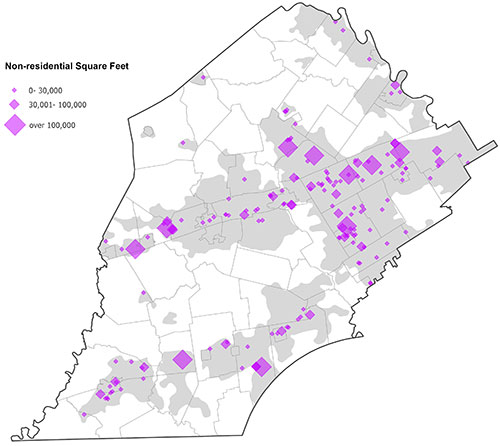
Residential Development in Growth Areas (2019-2023)
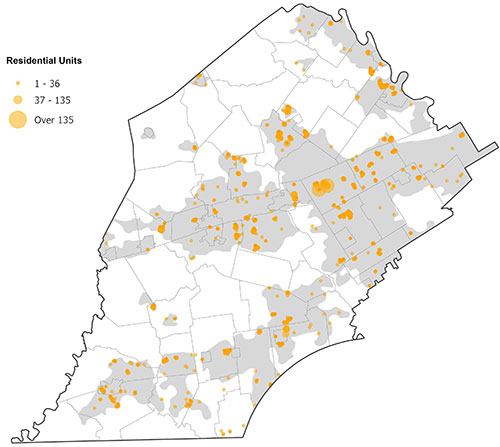
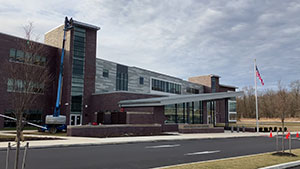
Non-residential growth in the Suburban Landscape.

Residential growth in the Suburban Center Landscape.
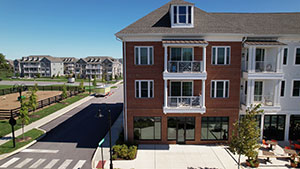
Mixed-use growth in the Rural Center Landscape.
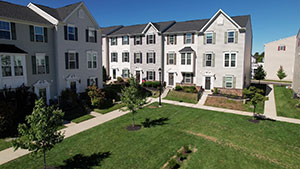
Residential growth in the Urban Center Landscape.
Was this development smart growth, meaning did the development go to growth areas, especially urban and suburban centers? This is a key question and one of the fundamental goals of Landscapes3. Overall, it does seem that the development was primarily smart growth. Was it all smart growth and was it all well-designed development that fits neatly into the county's existing character? The answer to these questions is clearly no. There were a number of greenfield developments, particularly in the county's rural landscapes or the edges of suburban areas, that stand out as properties that would ideally have been preserved as open space. And quite a few developments did little to preserve natural features, open space, and historic resources or to encourage walkability, community character, or mixed uses.
Despite these sprawling developments, there was also a lot of growth in appropriate locations that preserved important site features while encouraging walkability and community character. For example, the Urban Center and Suburban Center landscapes only have 7% of the county's total land area, yet 48% of the new homes and 49% of the new nonresidential development built in the county from 2019 through 2023 went into these two landscape categories.
Approximately 9% of new homes were built in the Rural or Agricultural landscapes, which is about what Landscapes3 anticipated for smart growth to occur. Most of these development were either clustered with preserved open space and protected natural features or were very low density. From 2005 to 2015, 20% of the homes that were built went into Rural or Agricultural landscapes; so, the construction trend has improved tremendously.
On the nonresidential front, approximately 11% of the new building square footage was built in the Rural or Agricultural landscapes, with a little more acreage consumed, 526 acres, than ideal. It should be noted, however, that Landscapes3 anticipates some nonresidential development in rural and agricultural areas, particularly agricultural buildings and low intensity institutional development.
Generally, the new development built between from 2019 through 2023 has followed broad smart growth parameters.
5 Year Assessment of Landscape3
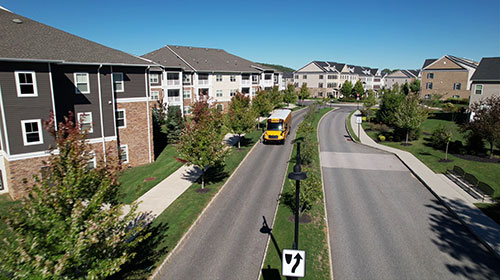
Growth and Development

